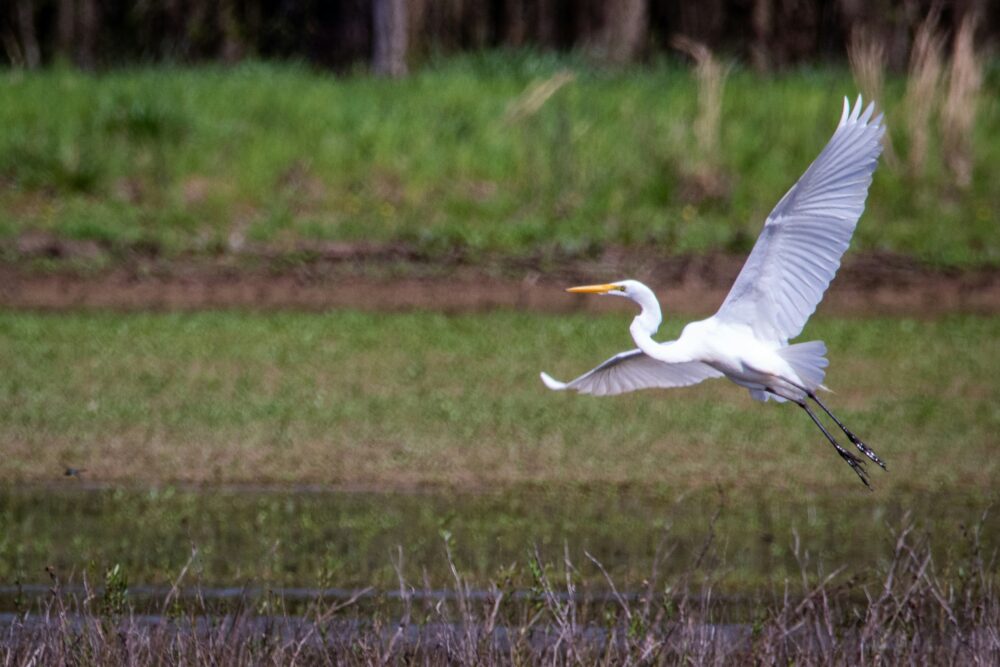We have much more to do and your continued support is needed now more than ever.
Ready, Set, Go! Monarch Butterflies Racing South Ahead of Winter

Before the northern seasons turn, monarch butterflies across North America are already fluttering southward in a race against time. Weighing less than a cracker, a single butterfly may flap more than 250 miles in a day, and some may trek 3000 miles overall in a perilous journey to reach their wintering grounds.

Look outside and see if you can spot one or more of these orange and black winged racers flitting by or sipping nectar from a goldenrod flower.
Like every elite champion, a monarch needs high energy fuel to perform, compete, and to finish a long race. Native wildflowers are the power bars of nature. The best choices are fall blooming native plants like asters and goldenrods. Ornamental plants like mums simply have no nectar value.
So, if you want to volunteer along the fall race course, you’re helping already if your yard offers native flowers. If not, you can plan for next year, and team up with others in your community to save the roadways, vacant lots, riversides, and other places where wildflowers grow. If sprayed or mowed, the monarch’s vital rest and fuel stations are lost.
Wildlife-friendly members of Congress must help too, by providing critical conservation funding to help monarchs across the country.
Take ActionRight now, millions upon millions of monarchs have stepped up to the starting line and are on their way. The racers on the eastern U.S. are heading to the Sierra Madre Mountains of Mexico. The lucky finishers will then form shimmering, breathing tapestries of butterflies on the oyamel fir trees. Those in the West will make their way to trees in California that share similar properties. The air is moist to keep their wings from drying out. The temperatures are ideal — not too hot or too cold.
However, many monarchs may die along the way from natural causes like storms and unnatural causes like habitat loss. In the past 20 years, monarch numbers have plummeted by as much as 90 percent. That’s why today, we need millions of Americans to volunteer along the multiple courses south, and then in spring when monarchs return.
Here’s how it works: Monarchs that emerge in August are different from the prior three generations of the summer. Like the others, they started as eggs on milkweed, and grew into caterpillars that ate the leaves that would give them the protective toxins to ward off hungry songbirds. But then? These monarchs delay sexual maturity until next spring. Their strategy is to fly long and hard and to make it in a single generation all the way south.
Monarchs have to live through the winter on stored fat – both from milkweeds as caterpillars and nectar as adults – since the cool temperatures slow down their metabolism. The fitter the monarchs are when they arrive, the higher their chances of survival. The same butterflies then will wing back partway north in spring. At last, they mate, and the females lay eggs on milkweeds and die. The cycle of champions continues — with our help.
Next time, you see a monarch butterfly sailing by, give it a cheer. Tell that valiant little athlete, “you can make it!” You’ll do your part and so will the next person — right on down the line. We’re counting on Congress to do their part, too!





















